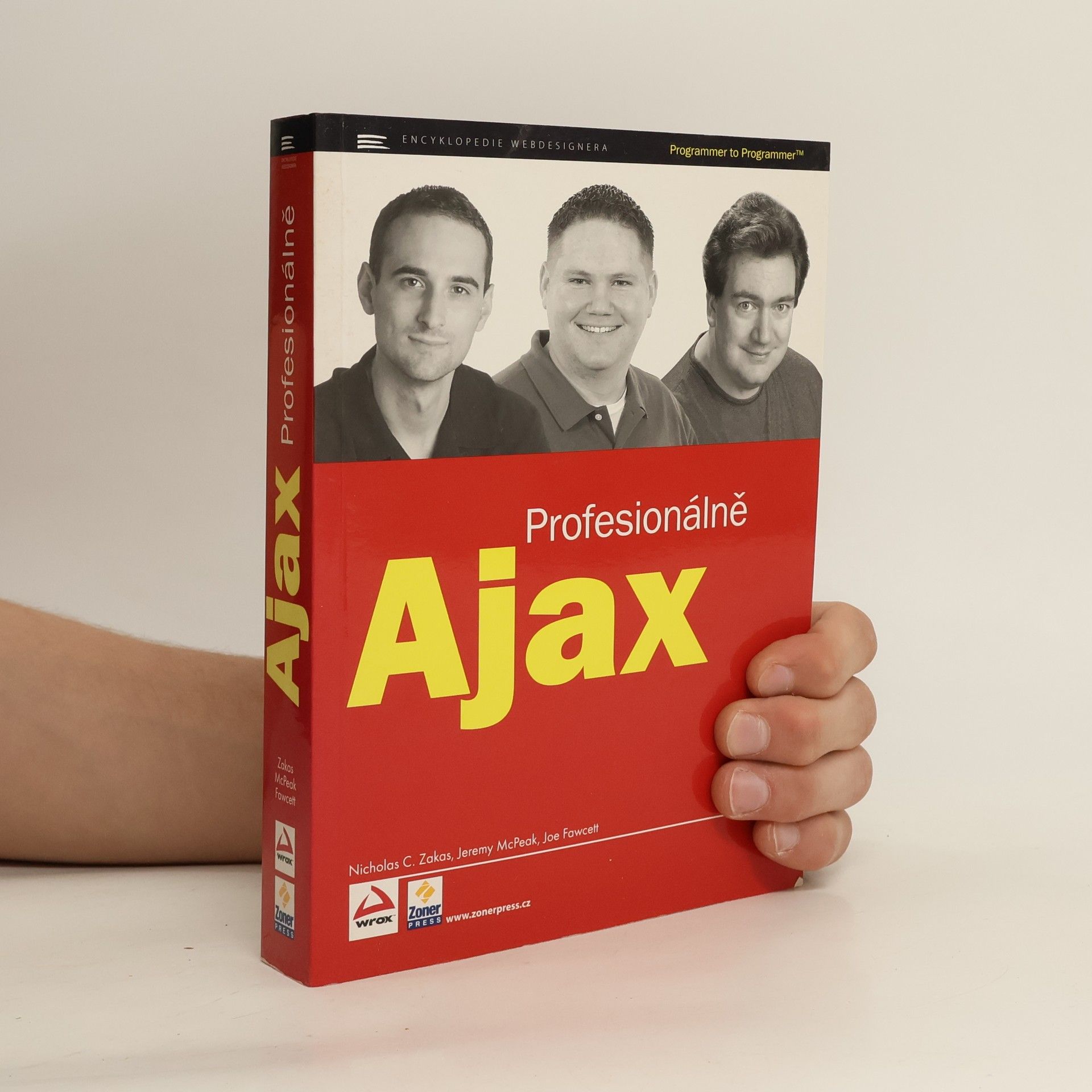Nicholas C. Zakas Livres
Nicholas C. Zakas est un consultant, auteur et conférencier de premier plan dans le domaine du front-end. Il excelle dans la promotion des meilleures pratiques de développement, notamment l'amélioration progressive, l'accessibilité, la performance, la scalabilité et la maintenabilité. Son travail se concentre sur la création d'applications web robustes et efficaces, à la fois accessibles et faciles à gérer. L'approche de Zakas souligne l'importance d'un code de qualité et d'une architecture réfléchie pour le succès à long terme des projets logiciels.


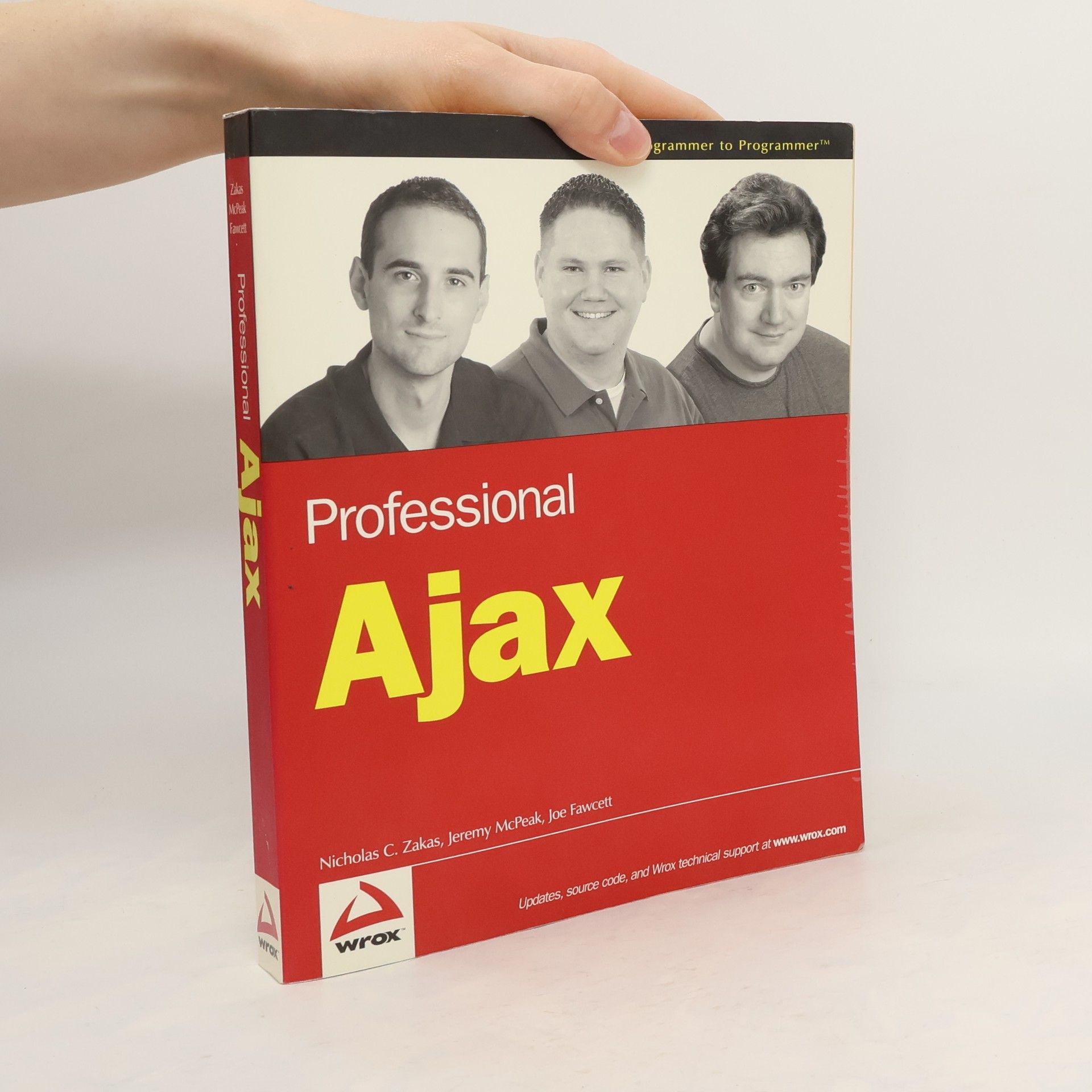
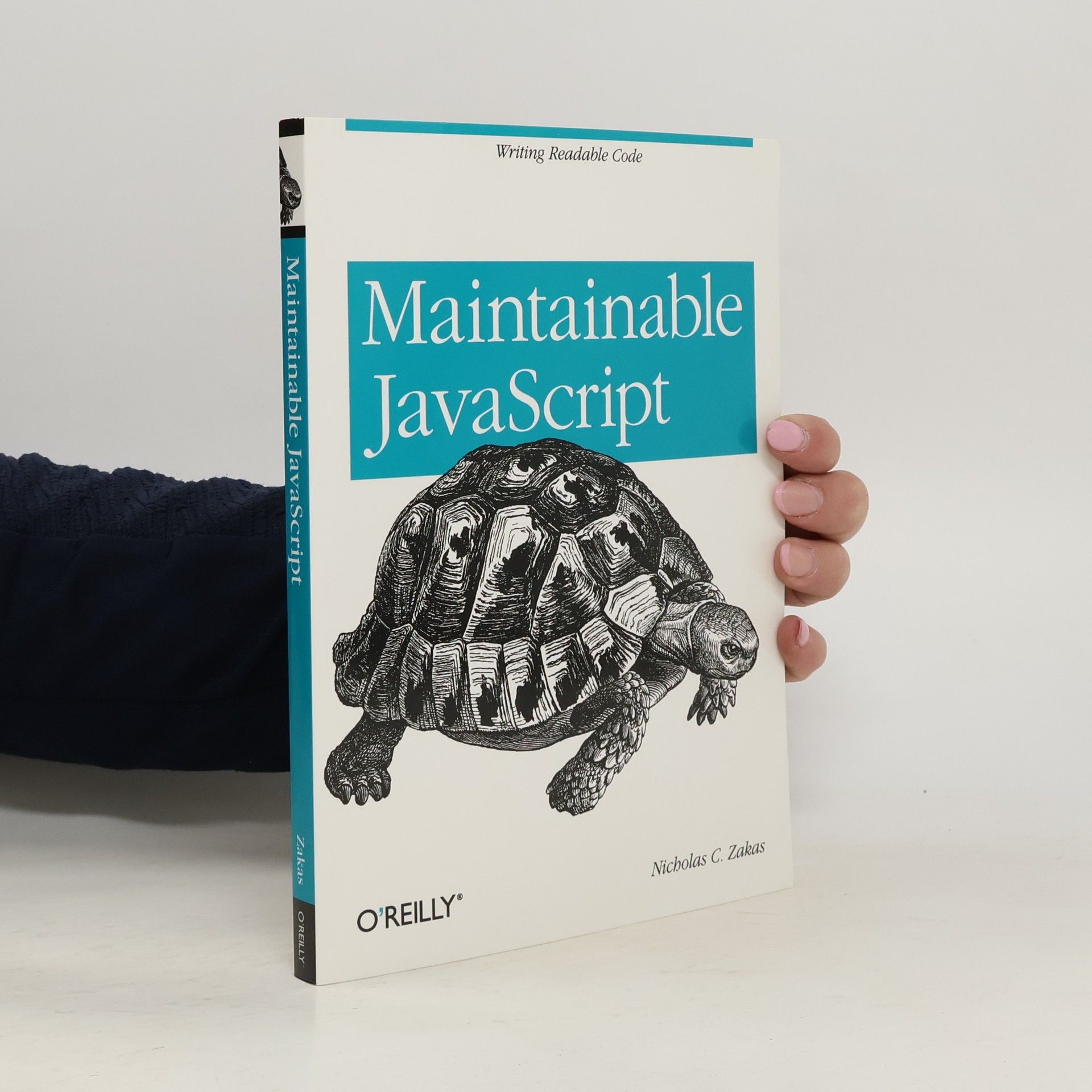
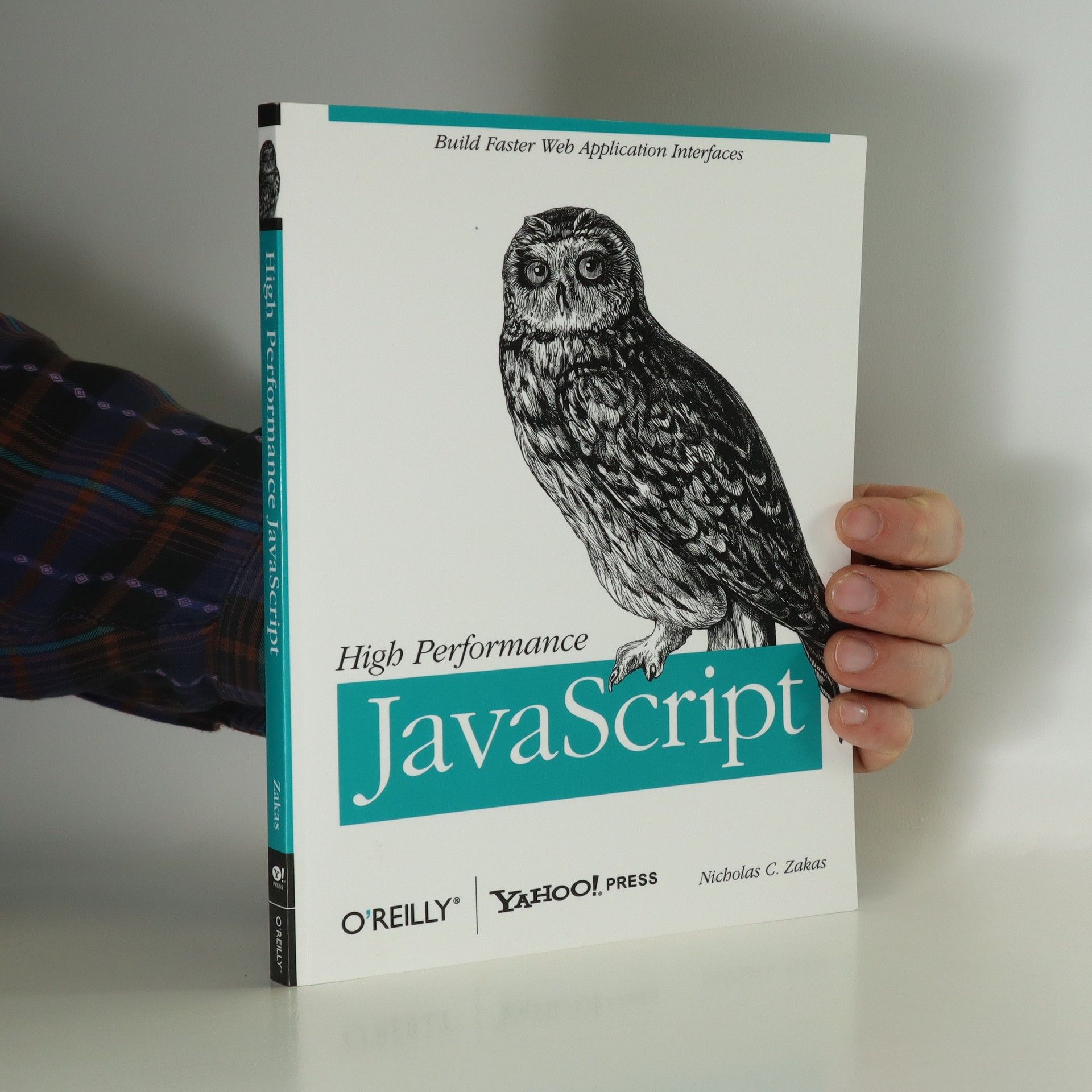
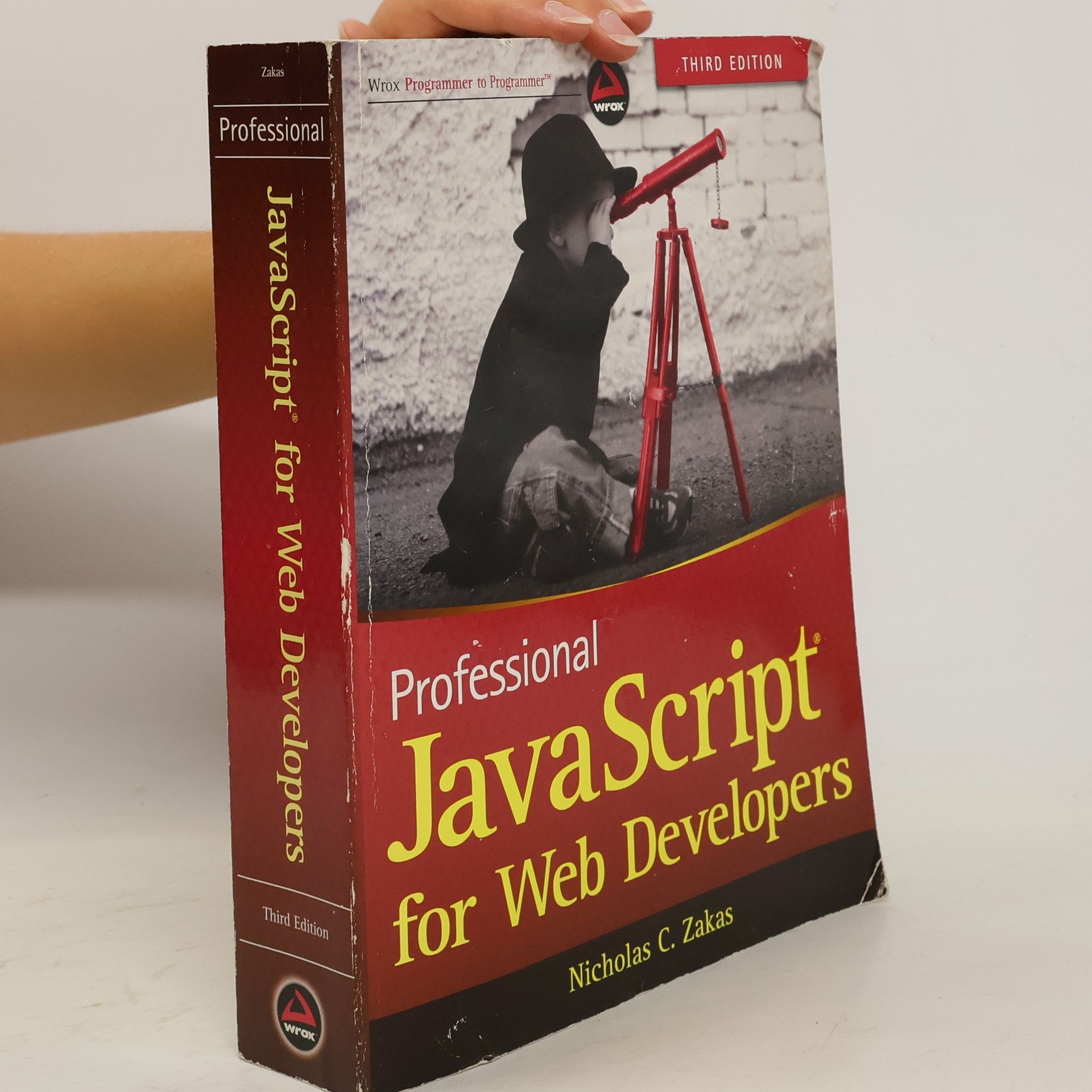

Professional JavaScript for web developers
- 960pages
- 34 heures de lecture
A significant update to a bestselling JavaScript book As the key scripting language for the web, JavaScript is supported by every modern web browser and allows developers to create client-side scripts that take advantage of features such as animating the canvas tag and enabling client-side storage and application caches.
High performance JavaScript
- 242pages
- 9 heures de lecture
If you're like most developers, you rely heavily on JavaScript to build interactive and quick-responding web applications. The problem is that all of those lines of JavaScript code can slow down your apps. This book reveals techniques and strategies to help you eliminate performance bottlenecks during development. You'll learn how to improve execution time, downloading, interaction with the DOM, page life cycle, and more. Yahoo! frontend engineer Nicholas C. Zakas and five other JavaScript experts -- Ross Harmes, Julien Lecomte, Steven Levithan, Stoyan Stefanov, and Matt Sweeney -- demonstrate optimal ways to load code onto a page, and offer programming tips to help your JavaScript run as efficiently and quickly as possible. You'll learn the best practices to build and deploy your files to a production environment, and tools that can help you find problems once your site goes live. Identify problem code and use faster alternatives to accomplish the same task Improve scripts by learning how JavaScript stores and accesses data Implement JavaScript code so that it doesn't slow down interaction with the DOM Use optimization techniques to improve runtime performance Learn ways to ensure the UI is responsive at all times Achieve faster client-server communication Use a build system to minify files, and HTTP compression to deliver them to the browser
Maintainable JavaScript
- 242pages
- 9 heures de lecture
When you're writing code alone, you have a lot of leeway. But when you start writing code as part of a team, you need to think harder about the decisions you make. This book will help you do that.
Programmer to Programmer: Professional Ajax
- 432pages
- 16 heures de lecture
Written for experienced web developers, Professional Ajax shows how to combine tried-and-true CSS, XML, and JavaScript technologies into Ajax. This provides web developers with the ability to create more sophisticated and responsive user interfaces and break free from the "click-and-wait" standard that has dominated the web since its introduction. Professional Ajax discusses the range of request brokers (including the hidden frame technique, iframes, and XMLHttp) and explains when one should be used over another. You will also learn different Ajax techniques and patterns for executing client-server communication on your web site and in web applications. By the end of the book, you will have gained the practical knowledge necessary to implement your own Ajax solutions. In addition to a full chapter case study showing how to combine the book's Ajax techniques into an AjaxMail application, Professional Ajax uses many other examples to build hands-on Ajax experience. Some of the other examples include: web site widgets for a news ticker, weather information, web search, and site search preloading pages in online articles incremental form validation using Google Web APIs in Ajax creating an autosuggest text box Professional Ajax readers should be familiar with CSS, XML, JavaScript, and HTML so you can jump right in with the book and begin learning Ajax patterns, XPath and XSLT support in browsers, syndication, web services, JSON, and the Ajax Frameworks, JPSpan, DWR, and Ajax.NET.
JavaScript pro webové vývojáře - Programujeme profesionálně
- 832pages
- 30 heures de lecture
Chcete využít plný potenciál JavaScriptu, DOM a Ajaxu? Kniha ze světoznámé edice vám ukáže, jak dosáhnout konkrétních cílů a vytvořit plynulou komunikaci bez prostředníků jako je Java nebo skryté rámy.Prozkoumáte objektově orientované programování, dědičnost a jejich využití v HTML a XHTML. Kniha podrobně vysvětluje DOM, simulaci událostí, parsování XML nebo dotazy XPatch. To vše od profesionálů v oboru.
S nedávnými pokroky v oblasti JavaScriptu mohou vývojáři dosahovat nevídaných uživatelských prožitků ve webových aplikacích. Tradiční architektura "klikni-a-čekej" byla překonána díky Ajaxu, který umožňuje funkce dříve dostupné pouze v desktopových aplikacích. Kniha se zaměřuje na různé aspekty Ajaxu, včetně vytváření HTTP požadavků a přenosu dat zpět ke klientovi. Ovládnete techniky Ajaxu a vzory komunikace klient-server, které se dnes běžně používají. V šestnácti kapitolách se naučíte základy Ajaxu, ajaxové vzory a knihovny, spravování ajaxových požadavků a technologie jako XML, XPath, XSLT, RSS/Atom, JSON a COMET. Dále se seznámíte s API pro mapy a nástroji pro ladění Ajaxu a budete schopni vytvářet widgety pro webové stránky. Kniha končí dvěma případovými studiemi, které ilustrují praktické použití Ajaxu při vytváření čtečky zdrojů RSS a webové e-mailové aplikace. Tímto způsobem získáte ucelený přehled o možnostech a aplikacích Ajaxu v moderním webovém vývoji.
